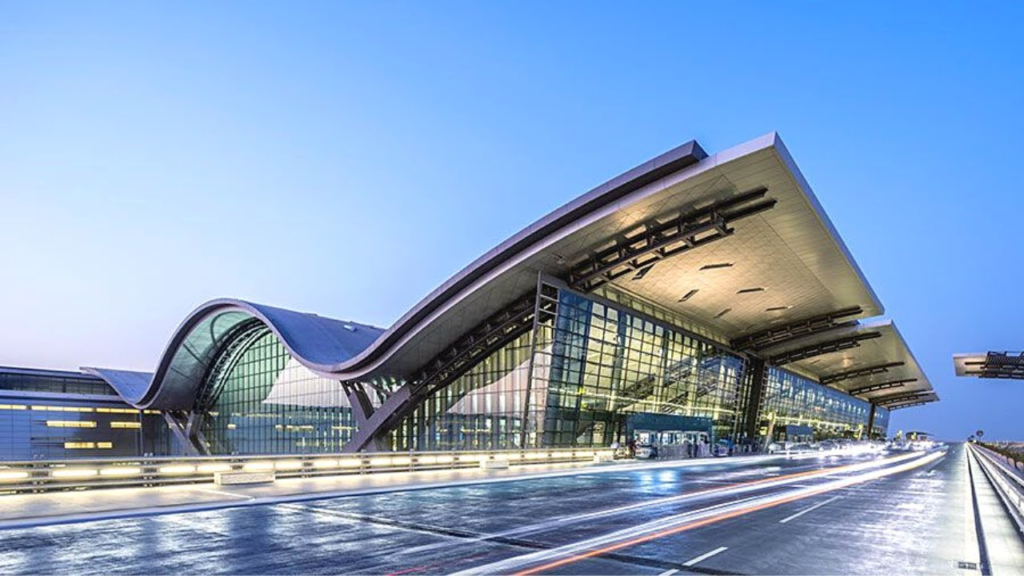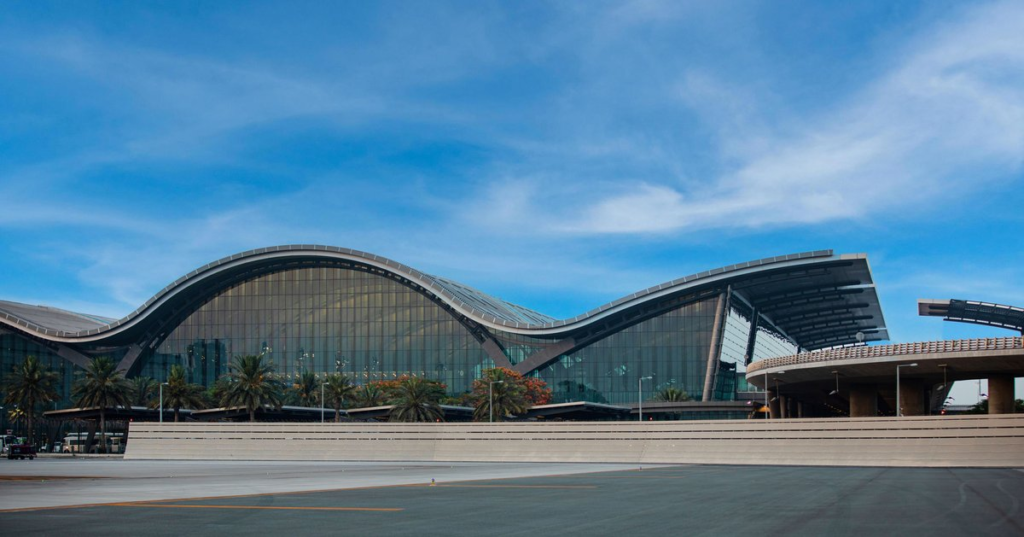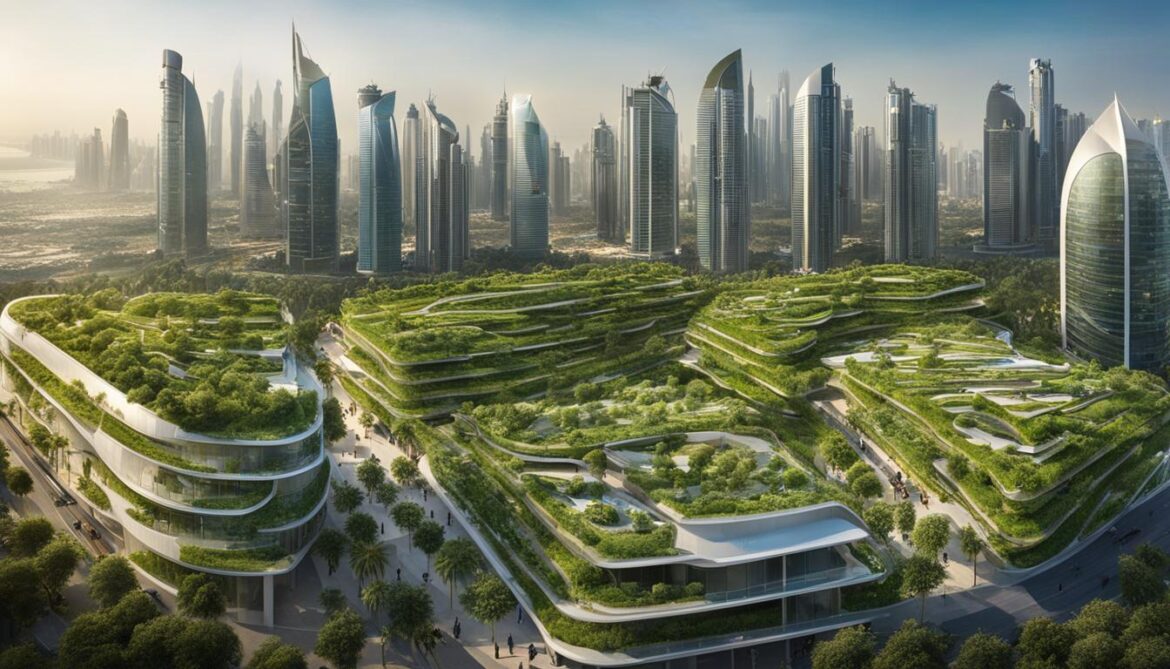Energy efficient buildings are reshaping Doha’s landscape, particularly in its rapidly growing new districts. As the city expands, these buildings have become central to its vision of sustainable urban development. They reduce energy consumption, improve comfort, and set a high standard for future construction. With innovations in design, materials, and management systems, Doha is building not just structures but healthier communities for its residents.
Intelligent Building Management Systems
One of the key technologies driving this change is the intelligent building management system. These systems monitor and control energy usage in real time, adjusting lighting, heating, cooling, and ventilation based on occupancy and weather conditions. By doing so, they cut energy waste dramatically while maintaining perfect indoor comfort. For residents, this means a pleasant environment without ever thinking about switching off unnecessary appliances.
High Performance Envelope Design
A major part of energy savings comes from the building envelope, the outer shell that protects interiors from external climate. In Doha’s scorching heat, high performance glazing, advanced insulation, and smart shading devices reduce heat gain significantly. This leads to cooler interiors, less reliance on air conditioning, and a quieter indoor environment. Residents experience improved comfort, and developers save on energy costs.
Passive Cooling and Natural Ventilation
Doha’s new districts also use the region’s climate to their advantage. Passive cooling techniques, such as shaded courtyards, wind towers, and strategic building orientation, allow air to flow naturally and keep interiors cooler. These methods reduce mechanical cooling needs and enhance indoor air quality, making spaces feel fresh and inviting.

Solar Integration and Renewable Power
The integration of solar energy is a standout feature of these districts. Photovoltaic panels on rooftops and facades generate clean energy, reducing dependence on traditional power sources. Some buildings even produce more energy than they consume. Residents enjoy lower electricity bills, while the city benefits from a greener power grid.
Efficient HVAC and Lighting Solutions
Heating, ventilation, and air conditioning (HVAC) systems have been upgraded with energy efficient models that use variable speed compressors and heat recovery technology. These systems respond quickly to changes in indoor and outdoor conditions, saving energy while ensuring comfort. Lighting has also evolved, with LED and human centric lighting that adjusts throughout the day to match natural light patterns, improving mood and productivity while reducing consumption.
Water Saving and Recycling Technologies
Although water is not energy, its use is linked to energy consumption. New buildings in Doha incorporate low flow fixtures, grey water recycling, and smart irrigation systems. These reduce water usage significantly, which in turn lowers the energy required for water treatment. Residents benefit from lush green spaces and reliable water supply without increasing environmental strain.
Smart Materials and Energy Saving Construction
Construction materials play a vital role in energy efficiency. The use of reflective roofing, self cleaning glass, and phase change materials that regulate indoor temperatures helps maintain a stable climate inside buildings. These materials require minimal maintenance and contribute to lower energy bills. For residents, it means a hassle free, comfortable living space.
Integrated District Energy Networks
Doha’s new districts also benefit from integrated energy networks such as district cooling systems. Instead of each building running its own energy intensive air conditioning units, a centralised system serves multiple buildings efficiently. This reduces duplication, cuts costs, and enhances performance. Occupants enjoy steady comfort while developers benefit from reduced operational expenses.

Data Driven Optimization and Digital Twins
Digital twins, virtual models that mirror real buildings, are now being used to monitor and optimise energy use. These models allow engineers to predict and solve problems before they arise, improving efficiency. Buildings can adjust dynamically to changes in occupancy or climate. For residents, this means better comfort and fewer disruptions.
Human Centered Design and Community Benefits
The best part of these technologies is how they improve people’s lives. Human centred designs focus on daylight, air quality, green communal spaces, and smart controls that allow individuals to personalise their environment. This results in healthier buildings, reduced pollution, and vibrant community spaces where people feel connected.
Challenges and the Road Ahead
While these technologies are promising, they require significant investment and technical expertise. Developers must balance upfront costs with long term savings, and policymakers must support widespread adoption through incentives and regulations. Educating users on how to maximise these systems is also crucial. With the right strategies, these challenges can be overcome.
Looking Forward: A Sustainable Urban Future
Doha is at the forefront of sustainable urban development, and energy efficient building technologies are leading the way. They are not just saving energy but creating healthier, more comfortable spaces for everyone. As more districts adopt these innovations, the city will continue to grow in harmony with the environment. The future of Doha is bright, clean, and efficient, setting an inspiring example for cities around the world.
Do follow Gulf Magazine on Instagram.
Also Read – Digital Twin Technology Transforms Qatar Ports with Stunning Efficiency Gains



